Choosing the right batting fabric for quilting is essential for creating the perfect quilt. Batting adds warmth, texture, and weight, with options like cotton, polyester, wool, bamboo, and blends, each offering unique benefits and characteristics.
What is Batting Fabric?
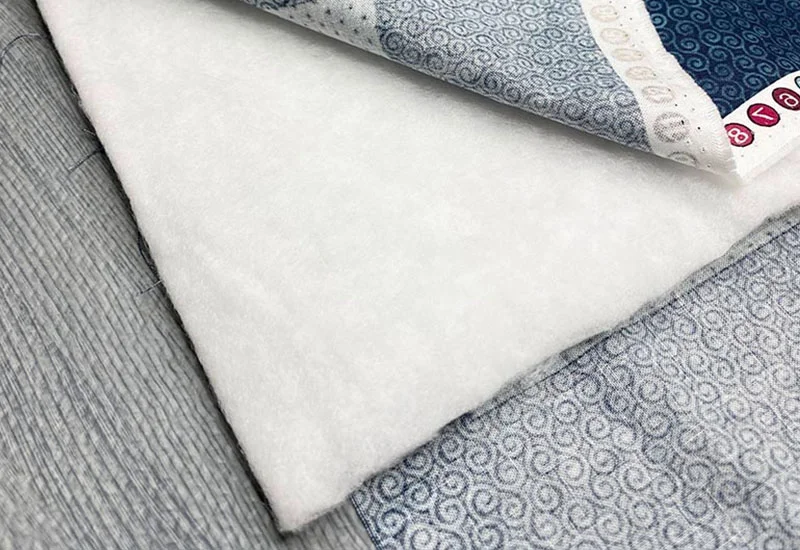
Batting fabric, also known as wadding, is the middle layer of a quilt, sandwiched between the top fabric (quilt top) and the backing fabric. Quilting fabric with batting fabric, provides insulation, weight, and dimension to the quilt, affecting its warmth, drape, and overall feel.
Importance of Batting in Quilting
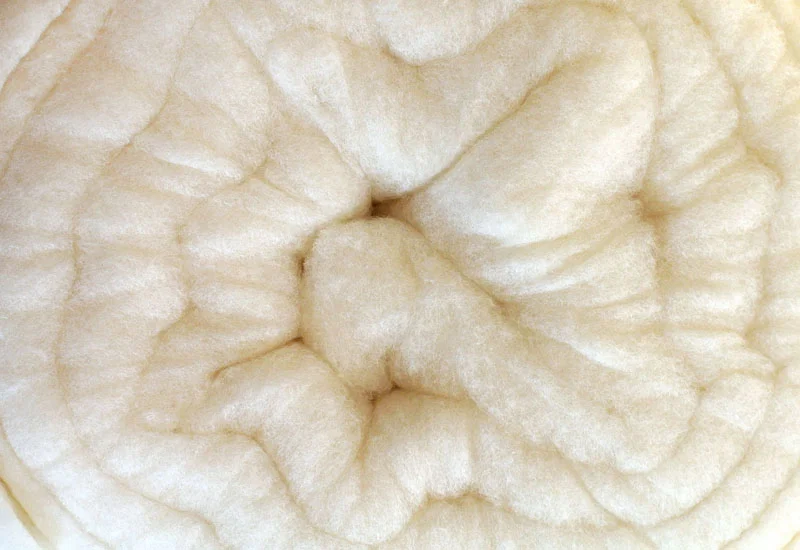
Insulation and Warmth:
Batting provides insulation, keeping quilts warm and cozy. This is particularly important in colder climates or for quilts used during chilly nights.
Texture and Loft:
Different types of batting offer varying levels of loft, adding texture and dimension to quilts. This creates a plush, inviting feel that enhances the overall aesthetic.
Comfort and Softness:
Batting adds a layer of softness to quilts, making them comfortable to snuggle with or use as bedding. This is especially true for natural fiber battings like cotton and wool.
Structure and Stability:
Batting helps maintain the shape and structure of quilts, preventing them from appearing flat or flimsy. This is essential for achieving a professional-looking finished product.
Quilting Ease:
Batting provides a stable foundation for quilting stitches, making it easier to sew through multiple layers of fabric. It minimizes shifting and bunching, resulting in more precise and even stitching.
Durability and Longevity:
Quality batting can enhance the durability and longevity of quilts, ensuring they withstand regular use and washing without losing their shape or integrity.
Types of Batting Fabric for Quilting
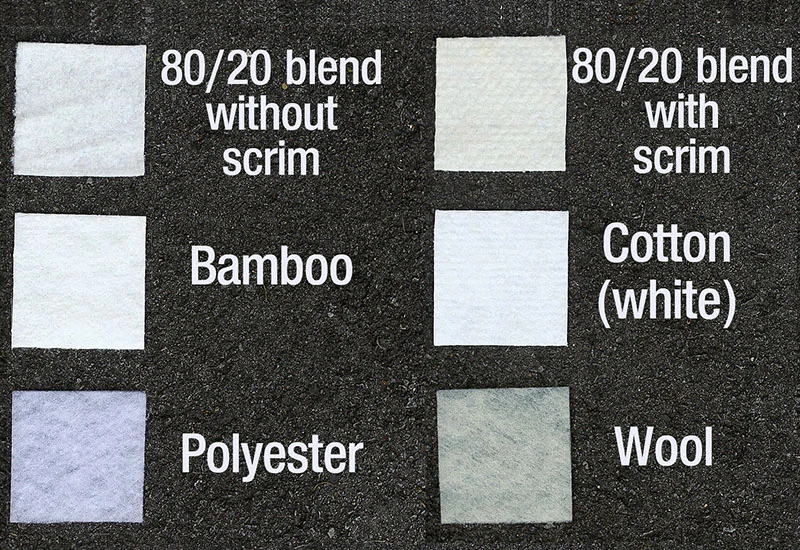
| Type of Batting | Pros | Cons |
|---|---|---|
| Cotton Batting | Natural and breathable Easy to work with Dries flat | Can shrink after washing Less loft compared to synthetic options |
| Polyester Batting | High loft Retains shape Durable | Less breathable Can melt under high heat |
| Wool Batting | Excellent insulation Breathable and resilient Naturally resistant to mold and mildew | It can be more expensive Requires careful washing |
| Bamboo Batting | Environmentally friendly Soft and silky texture Breathable | It can be more expensive Requires careful washing |
| Blended Batting | Balanced properties Often more affordable Versatile | Properties vary by blend May require specific care instructions |
How to Choose the Right Batting Fabric for Quilting
| Type of Batting | Definition | Pros | Cons |
|---|---|---|---|
| Cotton Batting | Made from natural cotton fibers, breathable, lightweight, and provides a traditional look and feel to quilts | Natural fiber Breathable Suitable for hand and machine quilting | May shrink slightly Less loft compared to polyester |
| Polyester Batting | Made from synthetic fibers, provides loft and durability to quilts | Resilient Maintains loft well Hypoallergenic | Less breathable than cotton Prone to bearding |
| Wool Batting | Crafted from natural wool fibers, offers warmth and excellent drape to quilts | Lightweight Excellent warmth Naturally flame-retardant | More expensive than other options Requires special care |
| Silk Batting | Made from silk fibers, provides a luxurious feel and excellent drape to quilts | Exceptionally soft Lightweight Drapes beautifully | Expensive It may require hand washing |
| Blend Batting | Combines the benefits of cotton and polyester, offering a balance of breathability and durability | Balanced characteristics of cotton and polyester Easy to care for | It may lack the distinct qualities of pure cotton or polyester |
Diagnostic tests for Batting Fabric for Quilting
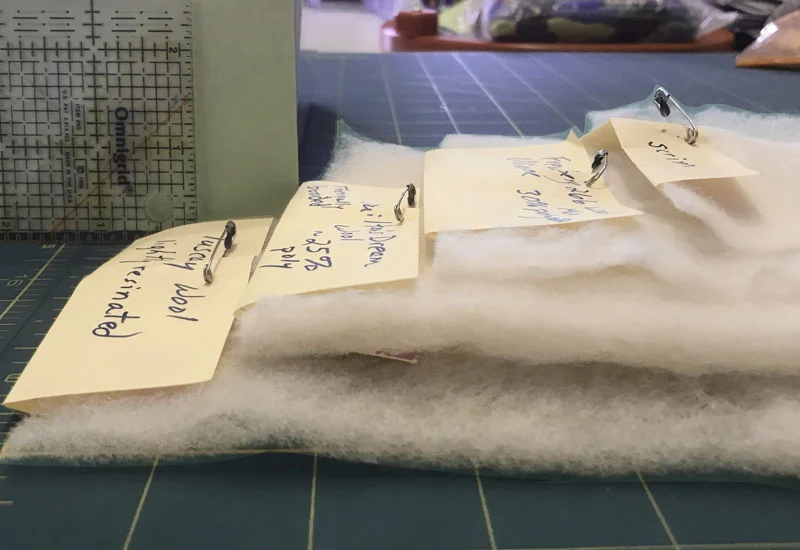
Fabric Density Test:
This test involves examining the density of the batting fabric by holding it up to light. A higher density indicates better insulation and warmth.
Compression Test:
Gently compress the batting fabric between your fingers to assess its resilience and loftiness. High-quality batting should quickly regain its shape after compression.
Fabric Stretch Test:
Pull the batting fabric in different directions to test its stretchability. Opt for batting that offers minimal stretch to prevent distortion in the quilt over time.
Thread Count Examination:
Examine the thread count of the batting fabric to determine its quality. Higher thread counts typically indicate finer fibers and better durability.
Fabric Thickness Measurement:
Use a caliper or ruler to measure the thickness of the batting fabric. Thicker batting provides more loft and warmth, while thinner batting offers a flatter appearance.
Fabric Fray Test:
Pull on the edges of the batting fabric to check for fraying or unraveling. High-quality batting should have minimal fraying, indicating good structural integrity.
Water Absorption Test:
Dampen a small section of the batting fabric and observe how quickly it absorbs water. Opt for batting that absorbs moisture evenly without forming puddles or wet spots.
Flame Resistance Test:
Hold a small sample of the batting fabric over a flame and observe its reaction. High-quality batting should be flame-resistant and self-extinguishing, with minimal melting or dripping.
Washability Assessment:
Wash a sample of the batting fabric according to the manufacturer’s instructions and assess its performance after laundering. Look for batting that maintains its loft and resilience after washing.
Stitching Test:
Sew a few stitches on a sample of the batting fabric to evaluate its ease of stitching and stitch definition. High-quality batting should allow for smooth, even stitching without puckering or bunching.
Tips for Batting Fabric for Quilting
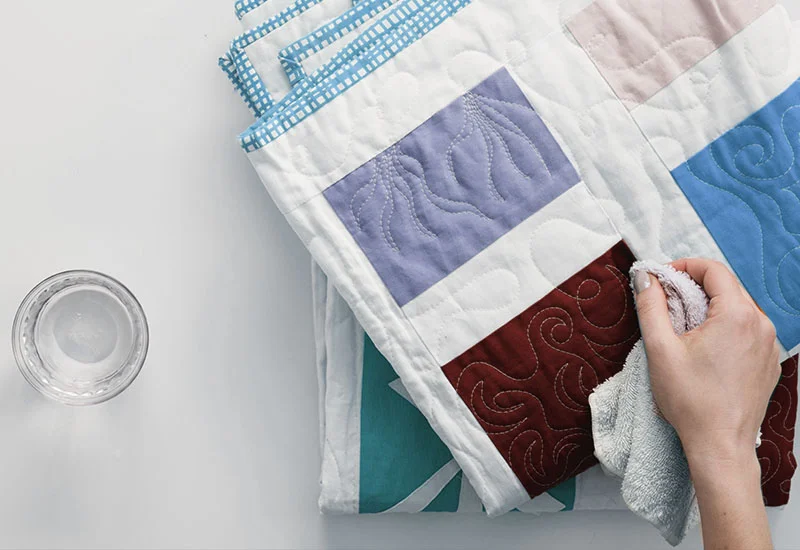
To prolong the life and integrity of your quilt, consider the following preventive measures.
Proper Storage
Store finished quilts in a cool, dry place away from direct sunlight to prevent fading and deterioration of the fabric and batting. Avoid folding quilts along crease lines to minimize stress on the fibers.
Regular Maintenance
Periodically inspect quilts for any signs of wear, tear, or shifting of the batting. Repair any loose seams or stitches promptly to prevent further damage and maintain the quilt’s structural integrity.
Gentle Cleaning
When cleaning quilts, opt for gentle laundering methods, such as hand washing or using a front-loading washing machine on a delicate cycle. Avoid harsh detergents, bleach, or high heat, as they can damage the fabric and batting.
FAQs
What is the batting fabric for quilting, and why is it essential?
Batting fabric for quilting is the middle layer placed between the quilt top and the backing fabric. It provides warmth, loft, and structure, making it a crucial component for both the functional and aesthetic qualities of the quilt.
Is it safe to wash quilts made with batting fabric for quilting?
Yes, it is safe to wash quilts made with batting fabric for quilting. Use gentle methods like hand washing or a delicate cycle in a front-loading washing machine. Avoid harsh detergents and high heat.
How do I store quilts made with batting fabric for quilting?
Store quilts made with batting fabric for quilting in a cool, dry place away from direct sunlight. Avoid folding along crease lines and consider using acid-free tissue paper or fabric bags to protect them.
Conclusion
In conclusion, choosing the right batting fabric for quilting is key to making a quilt that is warm, durable, and beautiful. Whether you pick cotton, polyester, wool, bamboo, or a blend, each type has unique benefits. By understanding their properties and testing their quality, you can find the best option for your quilt.
Proper storage, maintenance, and gentle cleaning will help your quilt last longer. With the right batting, your quilt will provide comfort and become a cherished keepsake.
